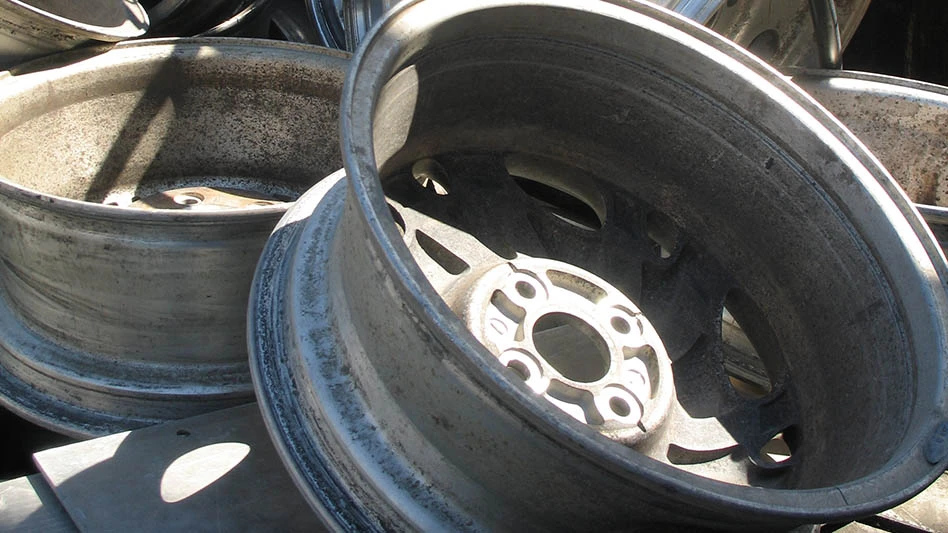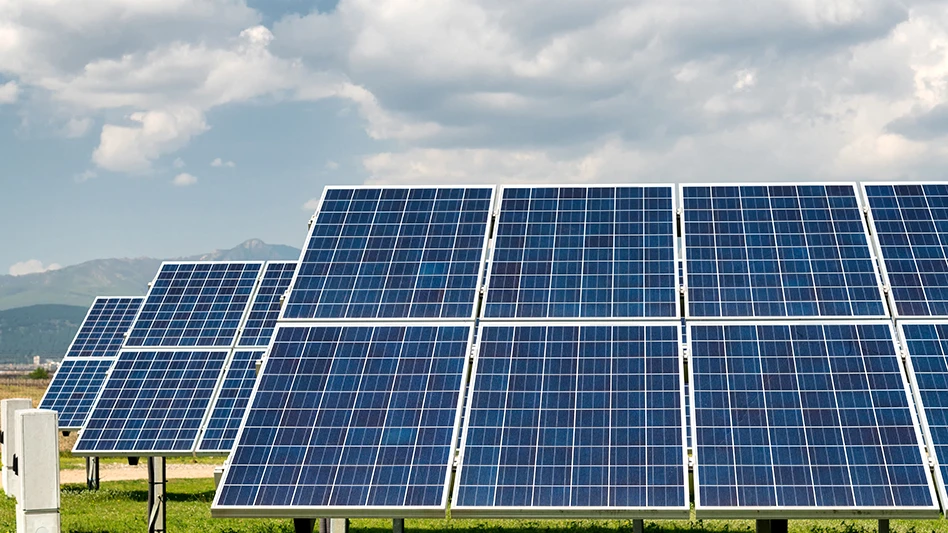With the 2024 recycled steel market in its final quarter, generators, processors and traders continued to wait for a pricing rebound as the October U.S. mill buying period began.
The situation in September was similar to the previous eight months, with most buyers of U.S. ferrous scrap unwilling to raise their offers for prompt grades, shredded steel or No. 1 heavy melting steel (HMS).
Domestic mill transaction buying prices from late August and the first three weeks of September collected by Pittsburgh-based MSA Inc.’s Raw Material Data Aggregation Service showed the value of No. 1 HMS holding steady nationally, while shredded steel dropped by $7 per ton in value and the prompt industrial composite average tracked by RMDAS dropped by $2 per ton.
“There have been several electric arc furnace startups already this year, with more to come in 2025. EAF demand for recycled steel will increase.” – George Adams, CEO, SA Recycling
A report written by George Adams, the CEO of Orange, California-based SA Recycling, distributed by the Ferrous Division of the Brussels-based Bureau of International Recycling, provides several insights as to why the ferrous market has been stagnant or, as Adams put it, “subdued” this year.
While Adams notes several reasons the market for his company (which has locations throughout the U.S.) has been lackluster this year, he cites factors that could cause upward price pressure in the upcoming winter months.
“While July and August trades were drawn out and contentious, the battle in the end was generally for sideways prices,” Adams says. “Dealers were heard to say, ‘I’ve never fought so hard for nothing in my life.’ The result was determined by a combination of weak new steel orders, giving the mills ammunition, and less recycled steel in the market, supporting dealer prices.”
After noting September negotiations brought more of the same, Adams cites flat conditions for hot-rolled coil (HRC) steel as contributing to the ceiling on recycled steel prices. HRC pricing reflects negatively on the price of recycled steel as there is little to support increases in the U.S. domestic market.
“The export market has presented a similar scenario: shipments on both U.S. coasts have seen prices weaken over the summer, although limited recycled steel availability has been somewhat supportive,” Adams says.

“Weakness in China has been the underlying problem for export prices internationally as cheap Chinese billet flooded the markets at ever cheaper prices this summer. This included the Turkish market, thus lowering U.S. bulk sale prices.”
With the export market tepid, Adams says U.S. dealers had little ammunition to fight for higher recycled steel prices this summer.
One potential bright spot is the recent Chinese stimulus announcements that have changed that dynamic. Chinese billet already has seen a price increase on the international market, thereby helping to make U.S. recycled steel more attractive to international buyers.
Another factor that could contribute to higher U.S. ferrous prices, Adams says, is a decline in collections at a time when demand for recycled steel is increasing.
“There have been several electric arc furnace (EAF) startups already this year, with more to come in 2025,” he says. “These mills consume 100 percent-recycled steel and its alternatives. [Thus,] EAF demand for recycled steel will increase.”

Trade restrictions also could play a role if prices rise.
“More countries will try to keep recycled steel from leaving their shores so they can use it for their own needs,” Adams says, putting less recycled steel into the international market.
Looking at the October mill buying period in the U.S., Adams sees little on the demand side to support much more than sideways pricing for another month.
“October is the last real month this year for substantive collections of recycled steel as both November and December are punctuated by holidays, including Christmas and New Year, which fall on Wednesdays. That effectively cancels out two whole weeks of collections in December. If collections are weak for the rest of this year, it only gets worse in January and February as winter weather sets in. That could create a limited supply of recycled steel at a time when, traditionally, there is [mill] restocking.
“Mills ... may have to buy early or face recycled steel shortages thereafter,” Adams continues. “That is what dealers see as their support in the near term for some upside in pricing. While the increases may be modest, there is potential for higher recycled steel prices before year-end.”

Explore the November 2024 Issue
Check out more from this issue and find your next story to read.
Latest from Recycling Today
- Tire Recycling Foundation names executive director
- Dock 7 named 2025 Exporter of the Year at New Jersey International Trade Awards
- Waste Connections reports ‘better than expected’ Q1 results
- Commentary: How EPR is transforming the packaging industry
- Acerinox names new North American Stainless CEO
- Greenwave closes 2024 books with red ink
- Steel Dynamics nets $217M on record shipments
- Massive Chinese steelmaking rebound recorded in March





